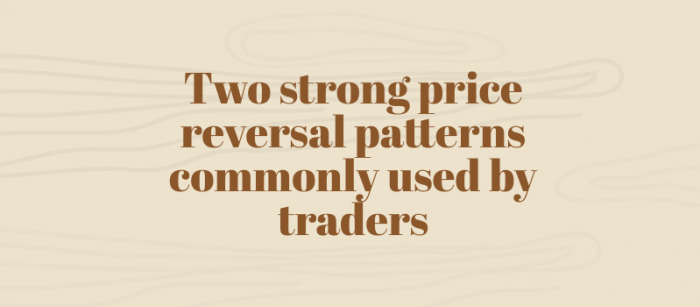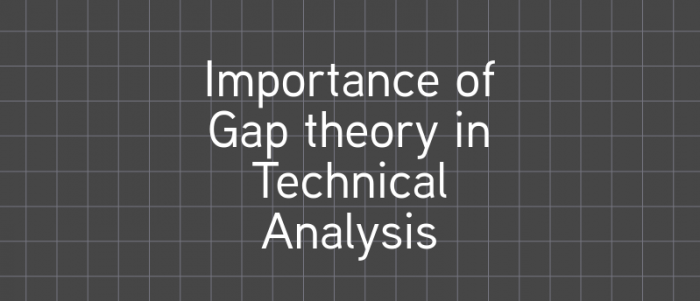In Technical Analysis, there are a number of classical chart patterns which includes triangle pattern, rectangle patterns, Head and Shoulder, cup and handle, etc. Today, we will discuss 2 strong reversal pattern which hold good in different time frames. Though, …
The Doji is one of the most powerful signals in Candlestick trading which simply indicates that the bulls and the bears are at equilibrium (i.e. a state of indecision). The appearance of it at the end of an extended trend, …
MACD is one of the simplest and most effective momentum indicators which was developed by Gerald Appel in the late seventies. The MACD turns two trend-following indicators, moving averages, into a momentum oscillator by subtracting the longer moving average from …
Relative Strength Index was developed by j. Welles Wilder in the year 1977 and is a momentum based oscillators which measure the speed and change of price movement. The full abbreviation of RSI stands Relative Strength Index or indicator. RSI …
There are large number of reversal candlestick pattern in Technical Analysis. Today, we will discuss some of the most commonly and popularly used bullish and bearish reversal candlestick patterns. Here’s a list of commonly used reversal patterns. Bullish Engulfing Bullish …
In technical analysis, oscillators are known as momentum indicator. We should keep in our mind that momentum is an indispensable part of a trend. A trend is made up of direction and momentum. A direction might be linear whereas a …
Psychology drives the market. Stock market on a broader view is driven by two psychological factors known as hope or greed and fear. The most interesting aspect is that people want to buy more and more as the price goes …
Most traders consider candlestick charts to be more visually appealing and easy to interpret as compared to traditional bar charts. Moreover, the traders get a quick overview of Open, High, Low and Close data simply by looking at the candle. …
Support and resistance shows key areas where the forces of supply and demand meet. In the financial markets, prices are driven by excessive supply (down) and demand (up). Supply is synonymous with bearish, bears and selling while demand is synonymous …
When there is a price difference between the two consecutive days, high and low, a gap is said to have created in the chart. Gaps are of two types- 1. Positive gaps or Bullish gap 2. Negative gap or Bearish …











